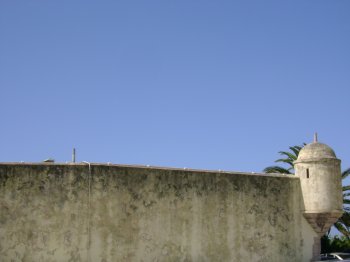Explore the best places
Monuments in Cascais
Moinho de Armação tipo Americano
- heritage
Praceta do Moinho
2645-060, Alcabideche
The mills according to the American model appeared in Portugal, especially in the Estremadura and Beira Litoral, at the beginning of the 20th century. In the parishes of Sintra, Oeiras and Cascais, only in Cascais are there two examples of this structure. Composed of a large metal structure and na enormous wheel that used the wind energy, it had big production costs, whuch was a reason for it not to be widespread. The cereals used here were wheat, corn and rye.

Igreja Matriz de São Domingos de Rana / Igreja de São Domingos de Gusmão
- heritage
Largo de São Domingos
2785-595, São Domingos de Rana
This church started to be built in 1710, but the earthquake of 1755 caused various damage which delayed the completion of the work. For this reason, only opened in 1838.
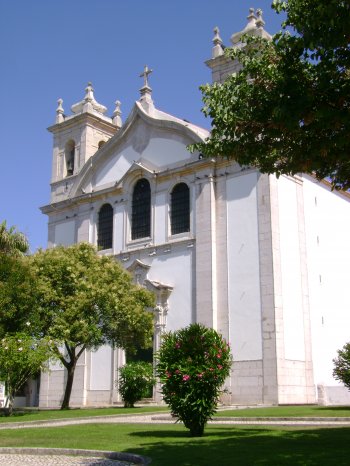
Igreja Matriz de Alcabideche / Igreja de São Vicente
- heritage
Largo de São Vicente
2645-080, Alcabideche
18th century Chiesa Madre (mother church) of longitudinal plant consisting of a nave and a chancel, such cover on roofs and two waters and in coruchéu. Highlighting the lytic and imaginary representations of Santiago, São João and São Sebastião.
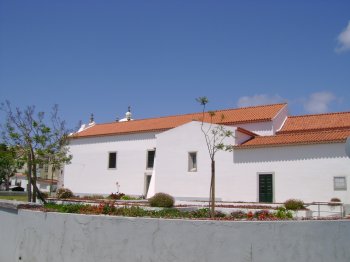
Igreja dos Navegantes
- heritage
Rua dos Navegantes
2750-445, Cascais
A baroque temple with an octogonal plan. Inside there are two panels that represent the patron saints of the sea men: Saint Pedro Gonçalves and Our Lady of the Navegantes.
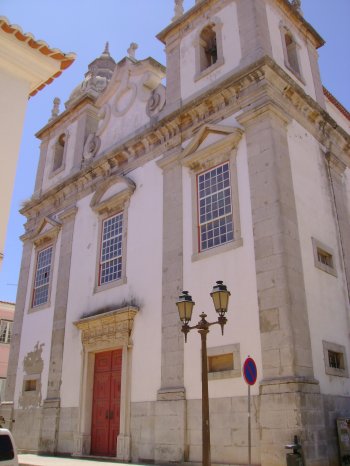
Igreja de Santo António
- heritage
Avenida Marginal - EN6
2765, Estoril
The church of Saint Anthony, or mother church of Estoril, was built in 1527 in a place where there was a hermitage dedicated to Saint Roque. This church went through several calamities, including the earthquake in 1755 and a big fire in 1927 but it was immediately recovered in both times. A special note to the baroque fronton and, inside, the tile panels with motives of the life and miracles of Saint Anthony.
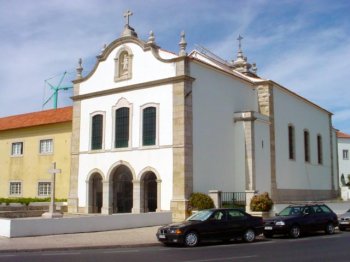
Igreja da Nossa Senhora da Assunção / Igreja Matriz de Cascais
- heritage
Largo da Assunção
2750-298, Cascais
Church built in the 16th century, where, inside, the gilded altars, the beautiful tile panels, the paintings of the Annunciation, in the Chapel, and on the walls, paintings of Josefa de Óbidos, painted between 1634 and 1684. It consists of a longitudinal plan with a nave and a chancel, with toppings differentiated barrel vault.
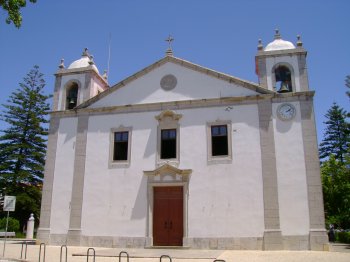
Igreja da Misericórdia de Cascais
- heritage
Largo da Misericórdia, 7
2750-436, Cascais
This church was built in the 17th century, severely damaged by the earthquake in 1755 and rebuilt in 1777. A special note to the exhibited art works, the canonicals and the sacred objects.

Grutas do Poço Velho
- heritage
Largo das Grutas
2750-367, Cascais
Set of two natural caves, with several major galleries that communicate with each other by small halls. Were used primarily as the Final Neolithic\/Chalcolithic necropolis.
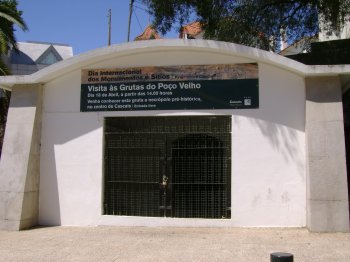
Forte de São Teodósio / Forte da Cadaveira
- heritage
Avenida Marques Leal, 48
2765-079, Estoril
This fortress is located by the seashore road and is partially hidden by some woods. It is called "Forte Velho" (Old Fortress) due to the fact that it is the oldest in the region. It was built by Dom Filipe I and enlarged by Dom João IV in 1643.
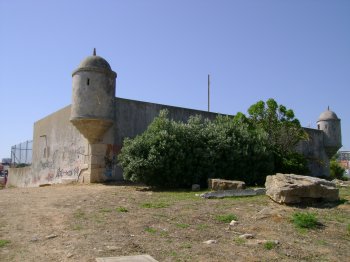
Forte de São Pedro / Forte da Poça
- heritage
Avenida Marginal - EN6
2765, Estoril
Quadrangular Fort, with a battery toward the beach and on the opposite side barracks and bunkers. The defensive line was built in the reign of Dom João IV, being a strategic point in defense of the Bar Tejo.
